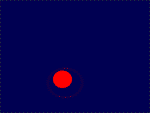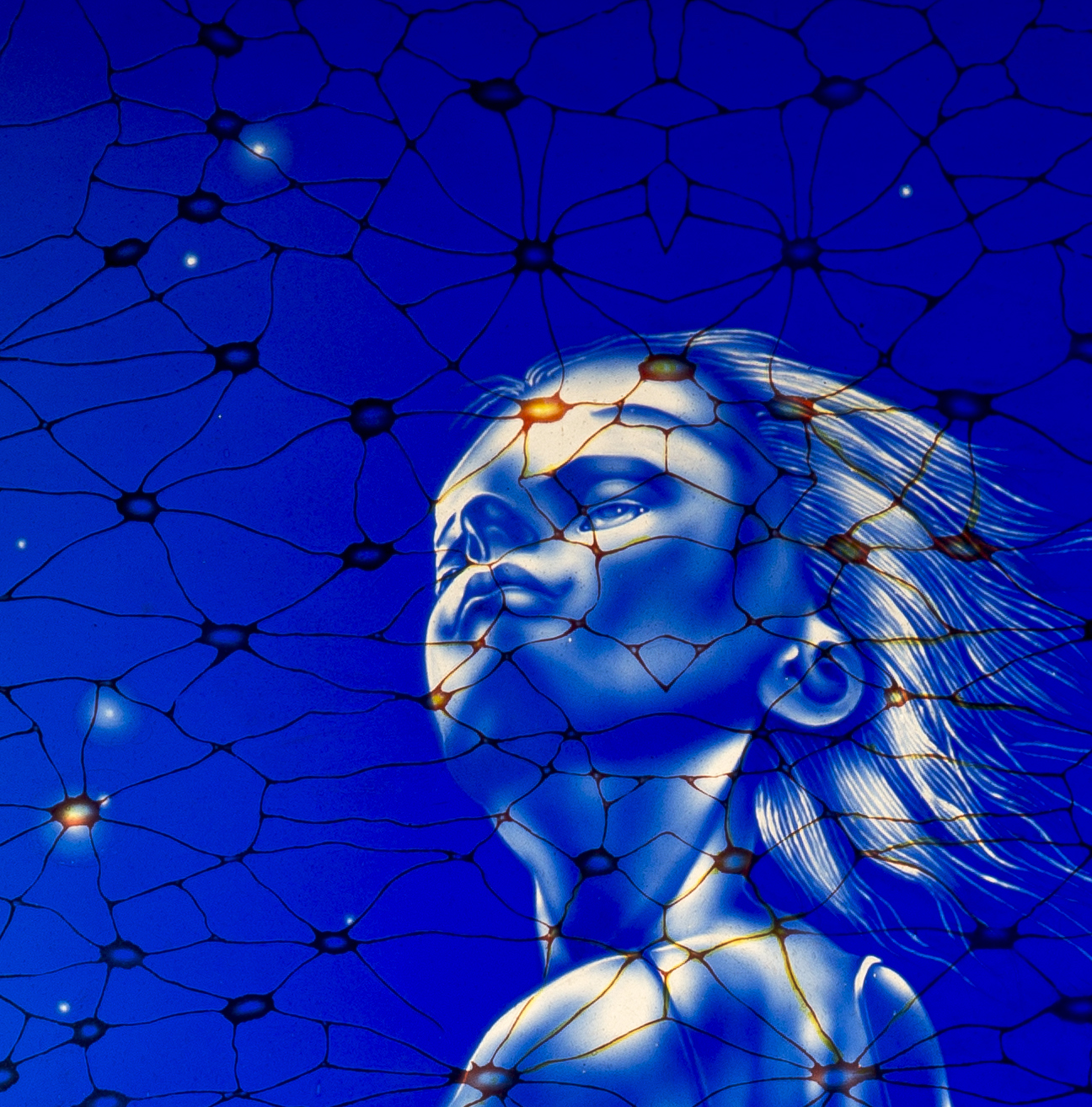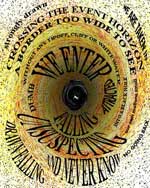
-- A Cyberspace Review Of The Arts
Volume 21.04
Auguat 1, 2014
|
|
||
|
|
||
|
Judith Schaechter's Judith Schaechter's Dark Matter is a show of stained-glass light-boxes and sculpture at the Claire Oliver Gallery in Chelsea at 513 West 26th Street, New York, presently up and open until Saturday, October 25. Most of the present show consists of a series of stunning stained-glass windows shown through lightboxes affixed to the walls. This is one of the reasons one must see it in the flesh, or rather, in the glass. Stained glass is a kind of sculpture with light, and, as such, comes out of its framework and interacts with the viewer as sculpture does (or ought to) changing as the viewer looks at it in different ways. Indeed, one might consider it to be sculpture with light. So, instead of reading this, you should go immediately to the Claire Oliver Gallery, unless it is after October 25, 2014, in which case you will be out of luck for the time being. Fortunately, some very good, high-resolution photographs of the works in the show have been made and can be found on the web site of the Claire Oliver gallery beginning here so you can get an idea, if only a partial one, of what is being shown. Unlike the thematic Eastern State Penitentiary series, these works proceed in a variety of directions. For instance, one is the anthemic 'New Ghost', (detail above) a transfigurational yet intimately moving descendent of the Assumption pictures of the Renaissance, overlaid with a neural network (which perhaps all new ghosts pass through as they depart from the lower realms and our thoughts about them), and hovering above a distant worldly, indeed, global urban glow lit with the dark fires of civilization. On the other hand, down in those dark fires, there are the 'Fleeing Foxes', in flight from an apocalyptic army of trucks and ominous cloud-formations, a world all too real in its frightening physical hostility. Others works, less transcendental or apocalyptic, comment in a complex way on character or mental state, for example, 'Acedia' (listlessness) in which the posture of the central figure is stretched out as if crucified, apparently imprisoned while surrounded by layers of intensely lively figures. Once again, Schaechter is radically expanding the realm of her medium. One image the photographers couldn't quite get as it appears in real life is 'The Birth of Eve'. What you can see on your computer is impressive enough, but if you look closely you can notice curved lines radiating from the body of Eve. In person, these lines have a metallic sheen which makes them more distinct and enables them to contribute to the vertiginous position of the fetal yet full-grown and complexly characterized upper subject, as she falls dubiously into the created world below out of the void. Indeed, all of these works need to be looked at closely and carefully. Besides a central figurative part, there are numerous forms, some abstract, geometrical, some biotic, of dazzling variety, which support, comment on, or adorn the central figure and if they stood alone would be significant works of art in themselves. Besides the stained-glass lightboxes, the show also has a number of small sculptures made of glass. The glass is first cast in a mold, and then finished by carving. Unlike the windows, the sculptures are small and plain in color; however, they reflect the concerns and moods of the stained-glass work. I especially noticed two. One was a Minotaur who seems to be undergoing crucifixion. Minotaurs are rather involved mythopoetically, bringing together unnatural lust, engineering, imprisonment, cannibalism, and labyrinths -- exciting times in the ancient world (and still significant in contemporary high, medium, and low art, and other popular culture). Even Man Ray's famous visual pun on the subject is disquieting rather than humorous. The Minotaur did not have much to be happy about in his prison-sepulchre. Maybe he, too, once a sun god, died for our sins. The other sculpture, found downstairs, is the bust of a woman one of whose breasts has been removed. (This is not apparent from the photographs.) It is aptly called 'Bust', pushing the point home. The subject is either the survivor of surgery, or an Amazon, or both; she is peering upward attentively as if from the bottom of a well, so the placement of the sculpture at the foot of the stairs was quite effective. The mood of the character, as I read it, is stoical and resolute rather than angry or anxious. Again, the show will be at the gallery until Saturday, October 25th. Don't miss it. Images by Judith Schaechter, |
||


 Back to the Front
Back to the Front